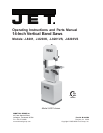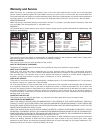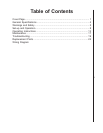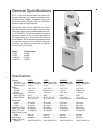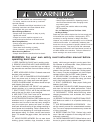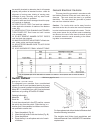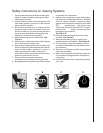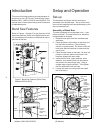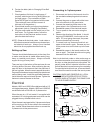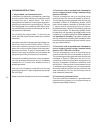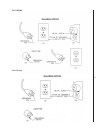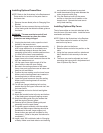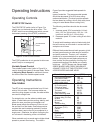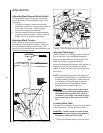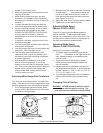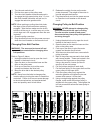
5
cal supply while servicing.
- Always follow instructions in Operating Instruc-
tions and Parts Manual when changing acces-
sory tools or parts.
- Never modify the machine without consulting
JETCorporation.
You - the Stationary Power Tool User - Hold
the Key to Safety.
Read and follow these simple rules for best results and
full benefits from your machine. Used properly,
JET’s
machinery is among the best in design and safety.
However, any machine used improperly can be rendered
inefficient and unsafe. It is absolutely mandatory that
those who use our products be properly trained in how to
use them correctly. They should read and understand
the Operating Instructions and Parts Manual as well as
all labels affixed to the machine. Failure to follow all of
these warnings can cause serious injuries.
WARNING: For your own safety read instruction manual before
operating band saw.
- Misuse of this machine can cause serious injury.
- For safety, machine must be set up, used and
serviced properly.
- Read, understand and follow instructions in the
Operating Instructions and Parts Manual which
was shipped with your machine.
When Setting up Machine:
- Always avoid using machine in damp or poorly
lighted work areas.
- Always be sure the machine support is se-
curely anchored to the floor or the work bench.
When Using Machine:
- Always wear safety glasses with side shields
(See ANSI Z87.1)
- Never wear loose clothing or jewelry.
- Never overreach - you may slip and fall.
When Servicing Machine:
- Always disconnect the machine from its electri-
1. KEEP GUARDS IN PLACE and in working order.
2. REMOVE ADJUSTING KEYS AND WRENCHES.
Form habit of checking to see that keys and adjust-
ing wrenches are removed from tool before turning it
on.
3. KEEP WORK AREA CLEAN. Cluttered areas and
benches invite accidents.
4. DON’T USE IN DANGEROUS ENVIRONMENT.
Don’t use power tools in damp or wet locations, or
expose them to rain. Keep work area well lighted.
5. KEEP CHILDREN AWAY. All visitors should be kept
safe distance from work area.
6. MAKE WORKSHOP KID PROOF with padlocks,
master switches, or by removing starter keys.
7. DON’T FORCE TOOL It will do the job better and
safer at the rate for which it was designed.
8. USE RIGHT TOOL Don’t force tool or attachment
to do a job for which it was not designed.
9. USE PROPER EXTENSION CORD. Make sure your
extension cord is in good condition. When using an
extension cord, be sure to use one heavy enough to
carry the current your product will draw. An under-
sized cord will cause a drop in line voltage resulting in
loss of power and overheating. Table 1 shows the cor-
rect size to use depending on cord length and name-
plate ampere rating. If in doubt, use the next heavier
gage. The smaller the gage number, the heavier the
cord.
10. WEAR PROPER APPAREL Do not wear loose
clothing, gloves, neckties, rings, bracelets, or other
jewelry which may get caught in moving parts. Non-
slip footwear is recommended. Wear protective hair
covering to contain long hair.
11. WEAR EYE PROTECTION. Always use safety
glasses. Also use face or dust mask if cutting opera-
tion is dusty. Everyday eyeglasses only have impact
resistant lenses, they are NOT safety glasses.
12. SECURE WORK. Use clamps or a vise to hold
work when practical. It’s safer than using your hand
and it frees both hands to operate tool.
13. DON’T OVERREACH. Keep proper footing and
balance at all times.
14. MAINTAIN TOOLS WITH CARE. Keep tools sharp
and clean for best and safest performance. Follow
instructions for lubricating and changing accessories.
15. DISCONNECT TOOLS before servicing; when
changing accessories, such as blades, bits, cutters,
and the like.
16. REDUCE THE RISK OF UNINTENTIONAL START-
ING. Make sure switch is in off position before plug-
ging in.
17. USE RECOMMENDED ACCESSORIES. Con-
sult the owner’s manual for recommended accesso-
ries. The use of improper accessories may cause risk
of injury to persons.
18. NEVER STAND ON TOOL Serious injury could
occur if the tool is tipped or if the cutting tool is unin-
tentionally contacted.
19. CHECK DAMAGED PARTS. Before further use of
the tool, a guard or other part that is damaged should



